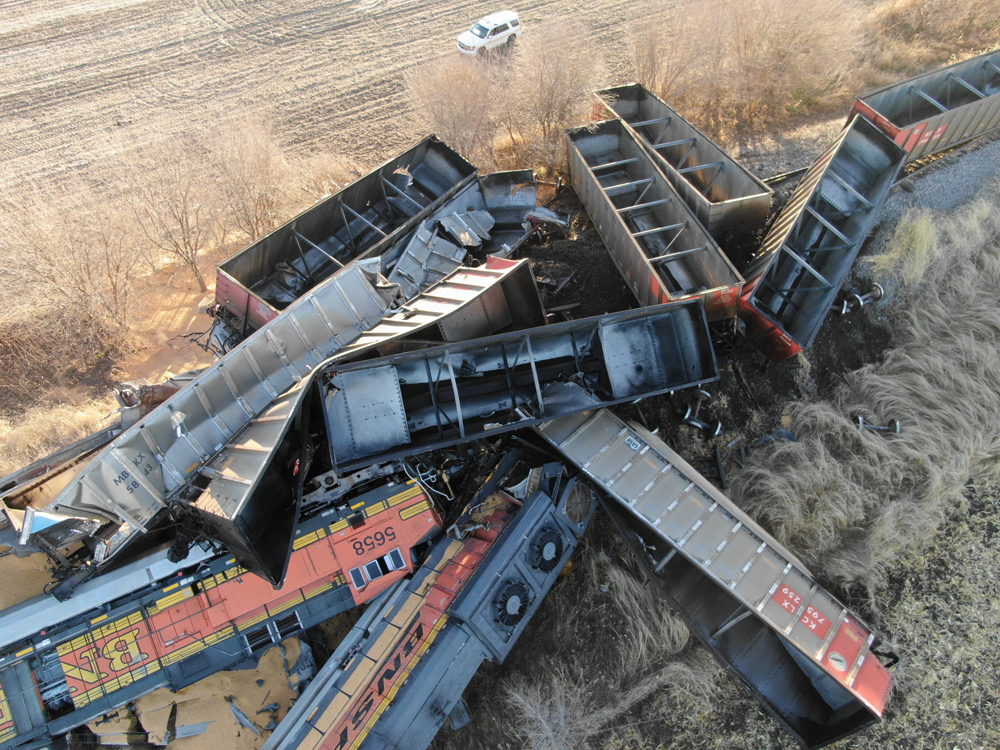
PACIFIC JUNCTION, Iowa — Two crew members are reported to have been injured in a Friday morning collision of two BNSF Railway trains at Pacific Junction, about 18 miles south of Omaha, Neb.
BNSF reports an empty coal train hit the back of a mixed freight train at about 7 a.m. local time, derailing the two locomotives on the coal train, as well as 11 cars from that train and five from the manifest freight.
The railroad reports the two crew members on the coal train were taken to a local hospital for evaluation; KMA Radio quotes Mills County emergency management specialist Gabe Barney as saying two individuals were treated for minor injuries. KMA News also reports manifest freight reportedly included cars carrying ethanol, but those cars remained on the tracks.
BNSF says railroad responders are on the scene and an investigation is under way.
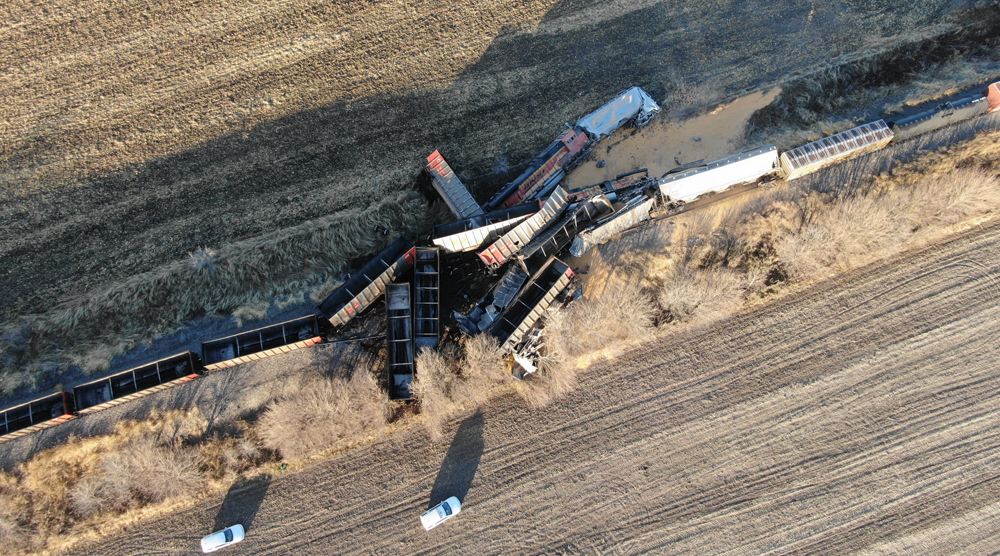






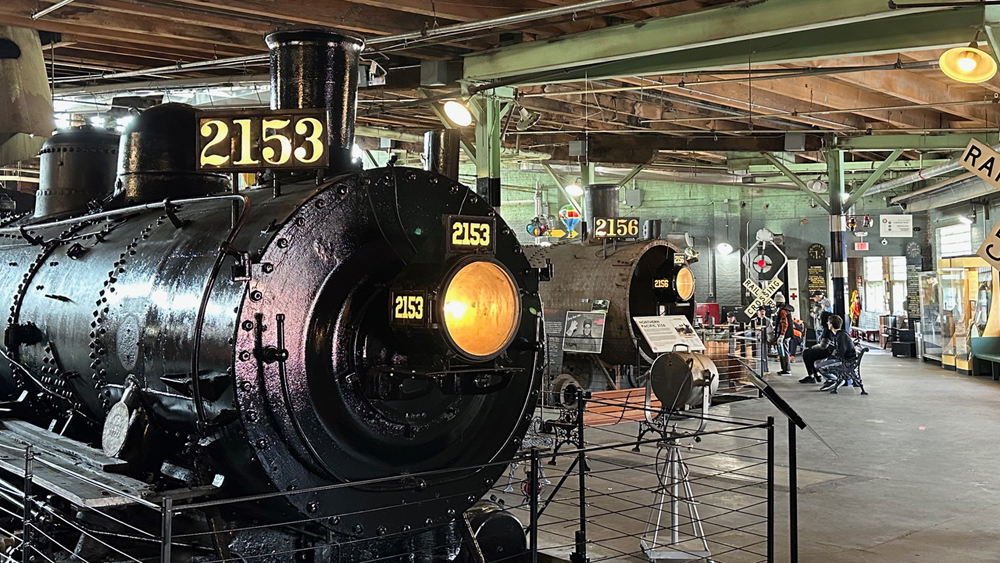
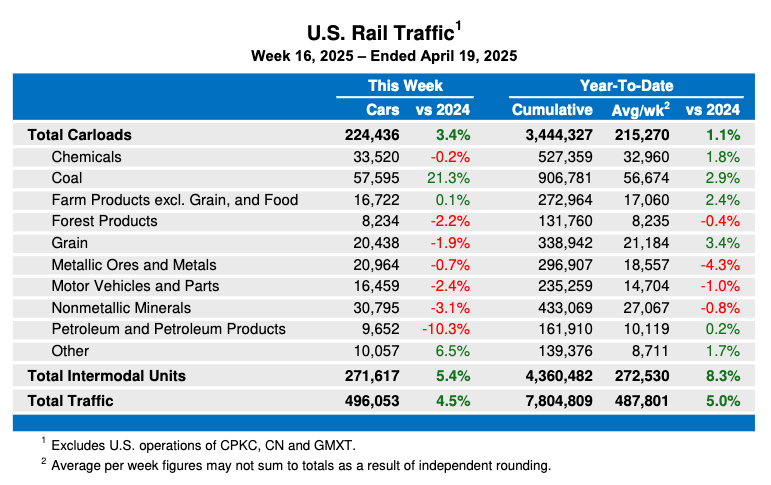

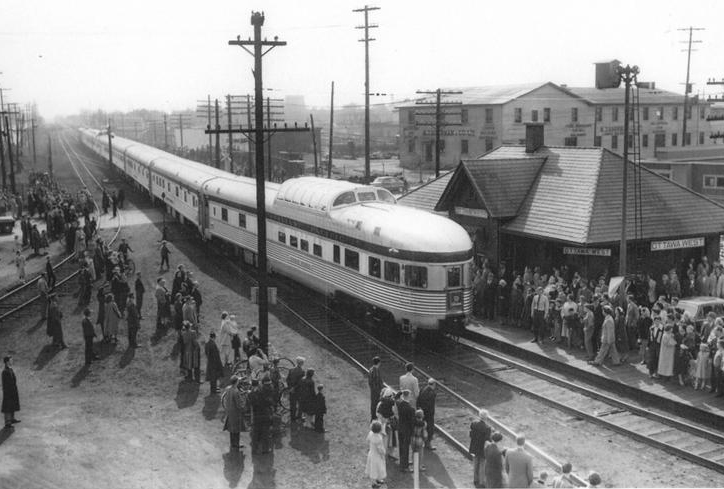




This line is part of BNSF Napier Sub. it’s not equipped with PTC its dark territory.
Thomsas Engal: reference, “The other two were on BNSF: in the second one a head-on collision of a working local with a through freight”
Can you recall the date? I was trying to find the NTSB report on that one.
Anyone?
Based on the results with PTC at the current level It’s going to take a lot more research and development before automated trains are possible on the American rail system.
My guess is the following train had a restricting signal and took it. PTC starts going nuts at 19 mph when running on a restricting. So my guess is someone fell asleep or just wasn’t paying attention.
As far as the eot and PTC. You still have that pesky matter of operating at restricted speed. PTC does not show other trains your position. It only shows the signal for the track ahead.
Amtrak should be on time as they don’t run on this track. This line runs north and south and is south of Pacific Jct where the east west mainline is located and where Amtrak runs.
If I’m not correct my bad but our local news indicated it was south of Pacific Jct. TV coverage shows auto traffic running by on Interstate 29 which parallels this track.
Expect the press will be fulminating and burbling about this, since they believe that PTC fixes everything. Understanding complex systems is not their strong point..
Mr. Rowell, the latest Amtrak timetable I could find has the EB Zephyr leaving Omaha at 5:14 AM CT. As it was on time it would have passed Pacific Junction roughly 90 minutes before the collision.
They must have at least one track open. Amtrak’s tracker shows both EB and WB California Zephyrs that passed last night or this morning as being well past this location and running on time.
PTC can enforce 20 mph but cannot enforce stopping half the distance to an obstruction, switch not properly aligned etc. That’s the engineer’s judgment.
Exactly
PTC doesn’t completely prevent rear end collisions but it should reduce them to slow speed collisions. If the track is signaled a following train should be required to reduce to restricted speed and PTC should enforce that. So a following train should be able to stop short of any obstruction.
If the track is not signaled a following train should not have authority to enter the track and PTC should enforce that.
In that stretch of track he sure should have seen the train ahead in plenty of time to have stopped his train.
This is at least the THIRD PTC wreck! The first (Cayce) wasn’t really PTC’s fault other than that if PTC hadn’t been required the disabling of the regular old signal system wouldn’t have happened. The other two were on BNSF: in the second one a head-on collision of a working local with a through freight; I’ve read that PTC and frequent reversals of direction (like in switching) don’t mix well and switching operations are in practice worked AROUND the PTC signal system and something similar to the old train orders is used; one crew has to remember there may be a train out there not showing in the PTC. This third one we’ll hear from the report but it looks like the rear-end problem. Well, Congress did its grandstanding and a billion and a half was spent and now we got this. It was what The People wanted!
PTC has prevented countless accidents. You don’t hear about these incidents because crew discipline doesn’t make headlines. PTC does have a well acknowledged “blind spot” in that it cannot prevent rear-end collisions due to the fact that the system doesn’t know where the rear of a train is. The remedy, already in the works, will be PTC II which will tag the rear marker.
How did something to mark the end of a train to PTC get overlooked? We have EOT flashers, not that hard to make them part of the PTC system of a train. Besides that, if you as an engineer know where every train is, and you know what trains are running, you should still be able to avoid a rear end hit.
EOT device protection wasn’t included in the original mandate.
I could assume that the train crew saw the collision about to happen and able to apply emergency brakes. Didn’t prevent collision but probably saved their lives in that regard but goes back to why the collision ever happen in first place. To Al’s comments, a lack of understanding on PTC capabilities? or something as simple as straight up missed signal? so on?
Was someone taking a nap?
Was first train moving or was it stopped?
Wasn’t there a comment made early on in the PTC debate days that I-ETMS would not prevent rear-end collisions?
Yep! I remember that.
Can anybody say PTC ?
?Was wondering the same thing.
Yep!! Here, too! Remember that.
PTC lacks rear end protection.
Look for an old guy driving a really old Buick Regal come by and check out the damage. That would be the owner of BNSF, Warren Buffett. Yes, he came out to the last BNSF accident outside Omaha.
PTC lacks rear end protection.